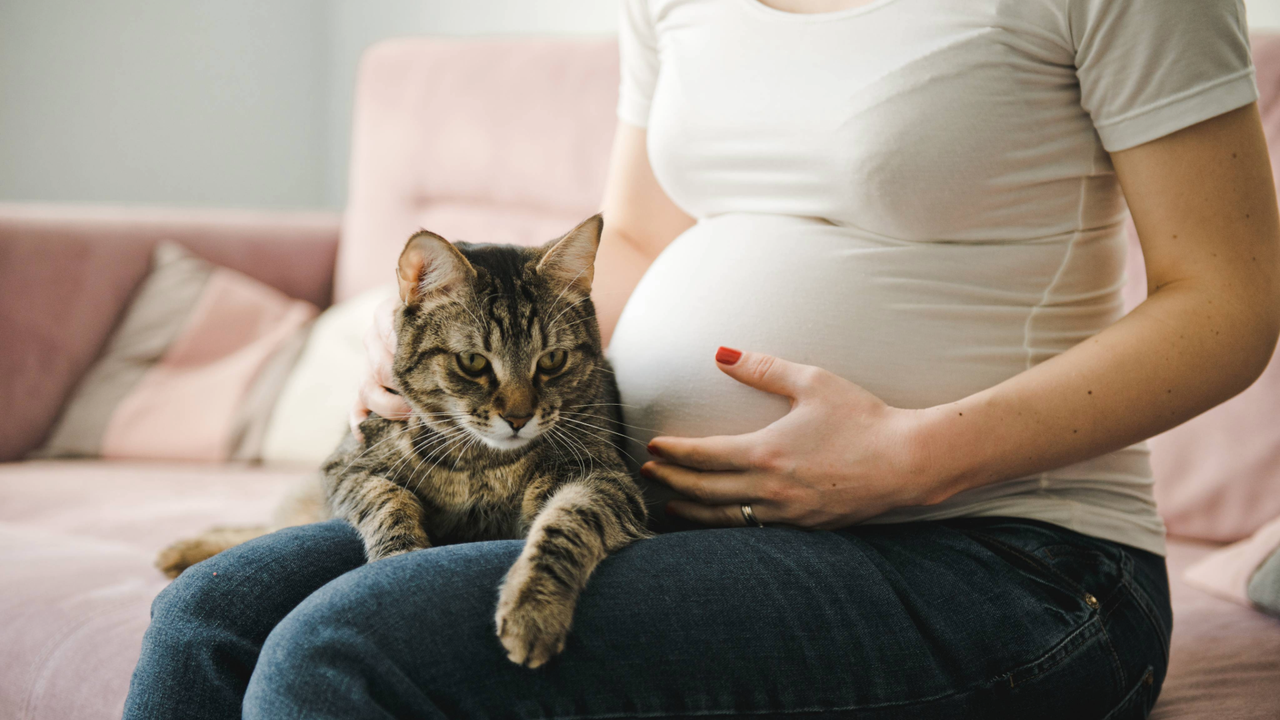
Can pregnant women change cat litter? While the decision is completely up to the individual (and some people choose to), there’s a small risk of it having harmful effects on the pregnancy.
Vet Dr MacMillan explains that pregnant women are more at risk of contracting toxoplasmosis – an infection transmitted from feces to mouth – which could result in miscarriage or severe complications in some cases.
If you want to learn more, Dr MacMillan has answered all your questions below – like whether it’s safe to be around cat litter when pregnant, if wearing a mask reduces the risk, and what to do if you’ve picked up toxoplasmosis.
Is it safe to be around cat litter when pregnant?
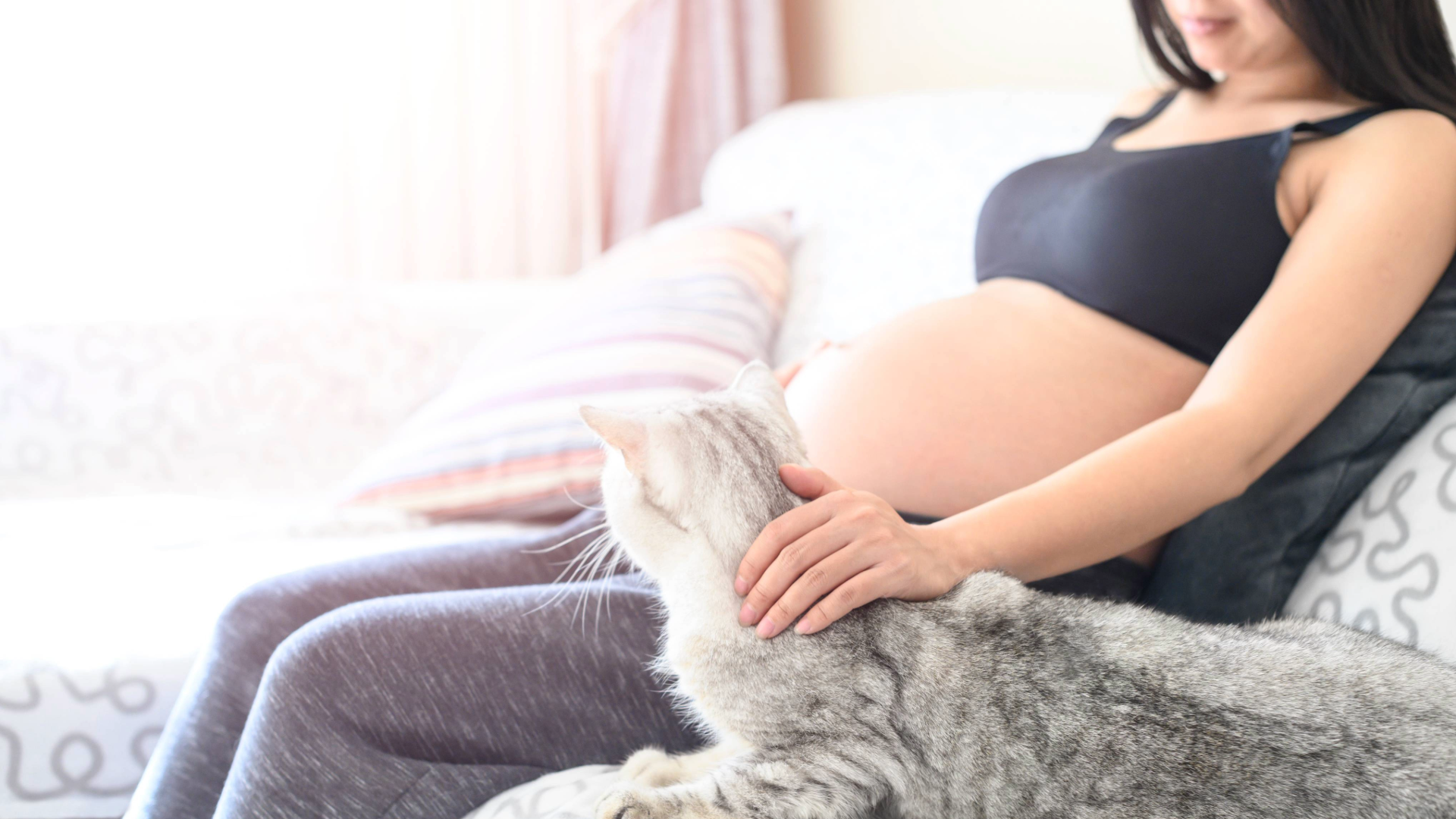
Changing a litter box can be risky for pregnant women, as they're more at risk of becoming infected with toxoplasmosis than the general population.
Dr MacMillan explains: "Toxoplasmosis is a parasite that can be shed by cats in their feces. However, infection occurs by the oral-fecal route, which means you would have to touch the infected material with your hands and then transfer it to your mouth.
"As most people are pretty good at not actually touching their cat’s feces, and washing their hands after scooping, the risks of anyone catching toxoplasmosis this way are very low.
"It is also worth noting that the parasite eggs don’t become infectious until 24 hours after your cat has passed feces. This means if you are proactive and clean the tray promptly there is again very little chance of being infected."
Changing the litter box isn't the only way you can become infected – it can also be caught by handling contaminated garden soil, coming into contact with pregnant sheep and lambs, or eating undercooked or raw meat and unwashed vegetables.
Dr MacMillan adds: "Some pregnant women decide not to take the risk at all and will get another family member to clean the litter box for them. You need to do what makes you feel comfortable during your pregnancy."
Can I get toxoplasmosis from smelling cat litter?
No, you can't get toxoplasmosis from smelling cat litter.
Can I clean a litter box while pregnant if I wear a mask?
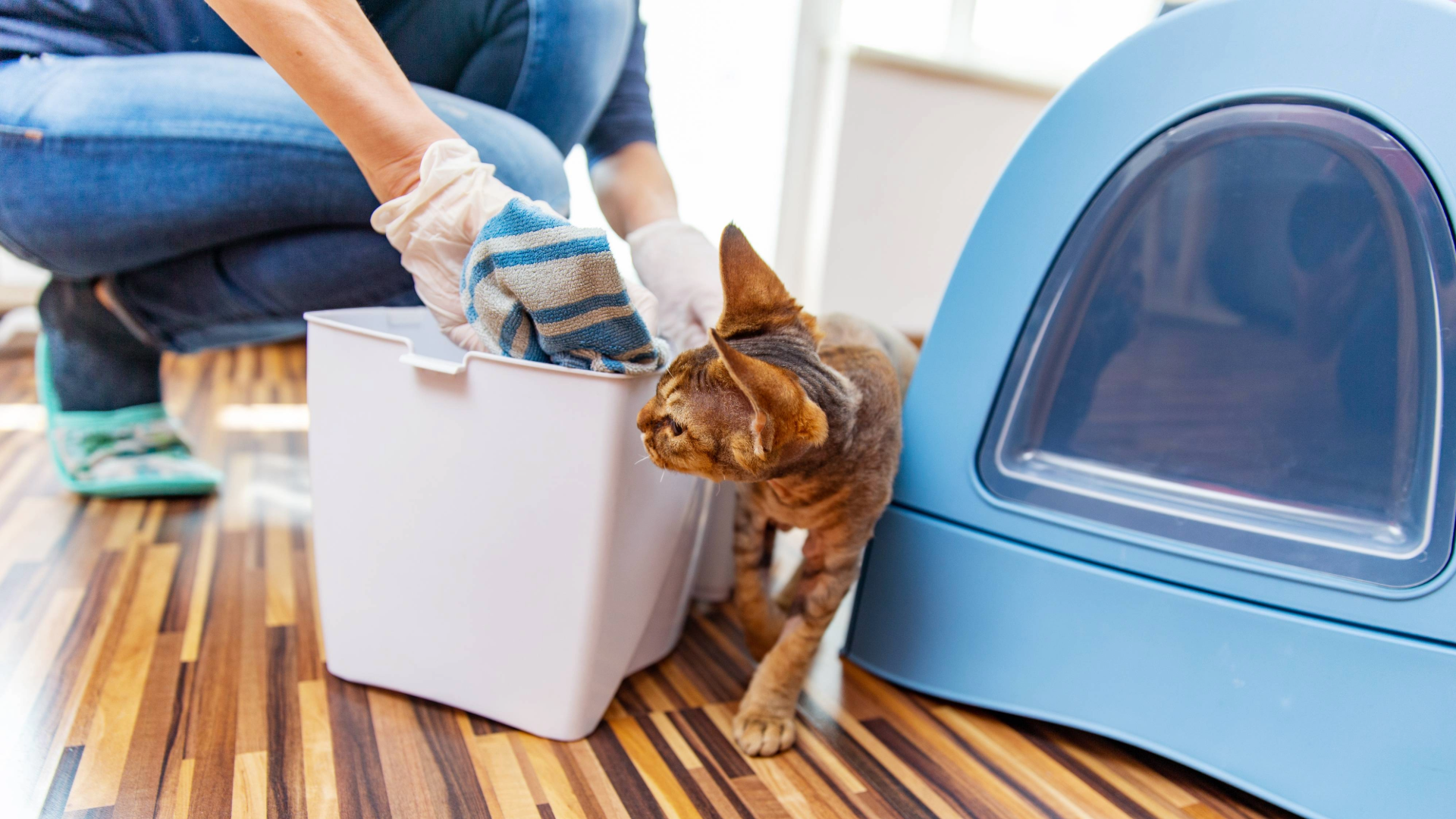
Since it's unlikely you'll breathe in or swallow aerosolized toxoplasmosis, Dr MacMillan says there's usually no need to wear a mask when cleaning a litter box.
However, it's a good idea to wear gloves and wash your hands thoroughly afterward – particularly if you're pregnant.
Do indoor cats carry toxoplasmosis?
Yes, indoor cats can carry toxoplasmosis, but the risk is much lower compared to an outdoor cat.
Dr MacMillan explains: "Indoor cats don’t hunt, which is one of the main ways for them to get the infection. But if your indoor cat regularly eats raw meat from another source, or they have recently come from a breeder or shelter, then they could be harboring the parasite.
"Most cats don’t show any symptoms of toxoplasmosis, and it is a self-limiting disease. If your cat has been infected, then they will stop shedding toxoplasma eggs after about a month."
What to do if you've contracted toxoplasmosis
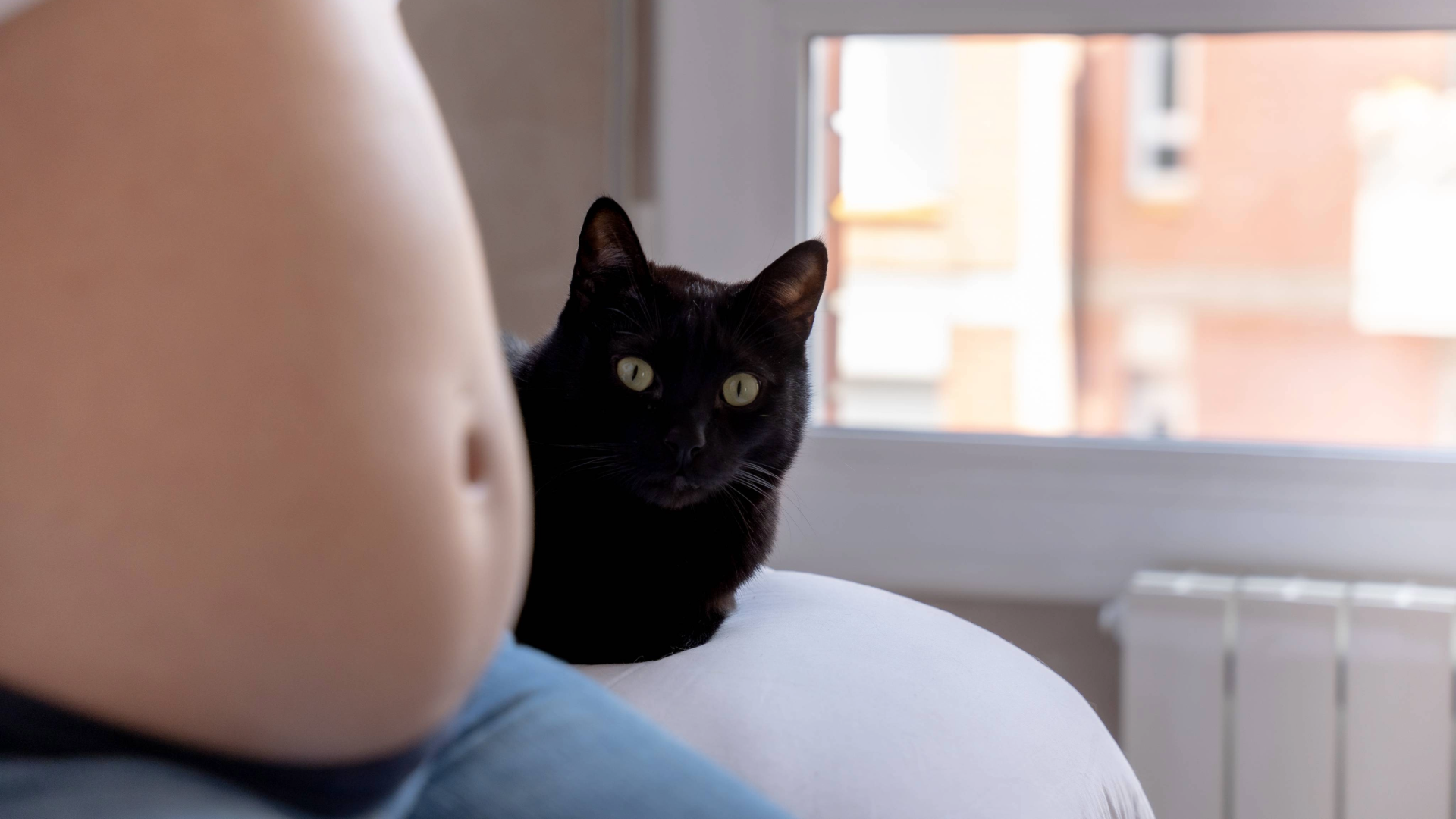
For starters, don't panic. As we've mentioned, the number of pregnant women infected by toxoplasmosis is statistically tiny. But to be on the safe side, contact your doctor. They may give you blood tests to see if you've been infected, and if that does turn out to be the case then there may be more tests in order to figure out the risk of toxoplasmosis being passed on to your baby.
There are various ways that treatment – for both you and your baby – may progress depending on how far along you are with your pregnancy; this guide to toxoplasmosis and pregnancy from Tommy's will give you a comprehensive overview of everything you need to know.
The risks from toxoplasmosis for most non-pregnant people are pretty much negligible. The majority of people who become infected will exhibit no symptoms at all, while some people will get mild flu-like symptoms such as a high temperature, tiredness, aching muscles and a sore throat.
These symptoms usually clear themselves within about six weeks, and whether you've had symptoms or not your immune system will kick in and you won't catch toxoplasmosis again. However for pregnant women the risks are higher.
Dr MacMillan says: "Blood tests can confirm whether you have had toxoplasmosis in the past, but most people simply don’t know, so it’s always best to be cautious if you are pregnant.
"If you have never had toxoplasmosis previously then you and your baby could be at risk if you catch it for the first time during your pregnancy. If you suspect you have encountered infected material while pregnant, then it is always best to contact your doctor or midwife for advice."
What is toxoplasmosis?
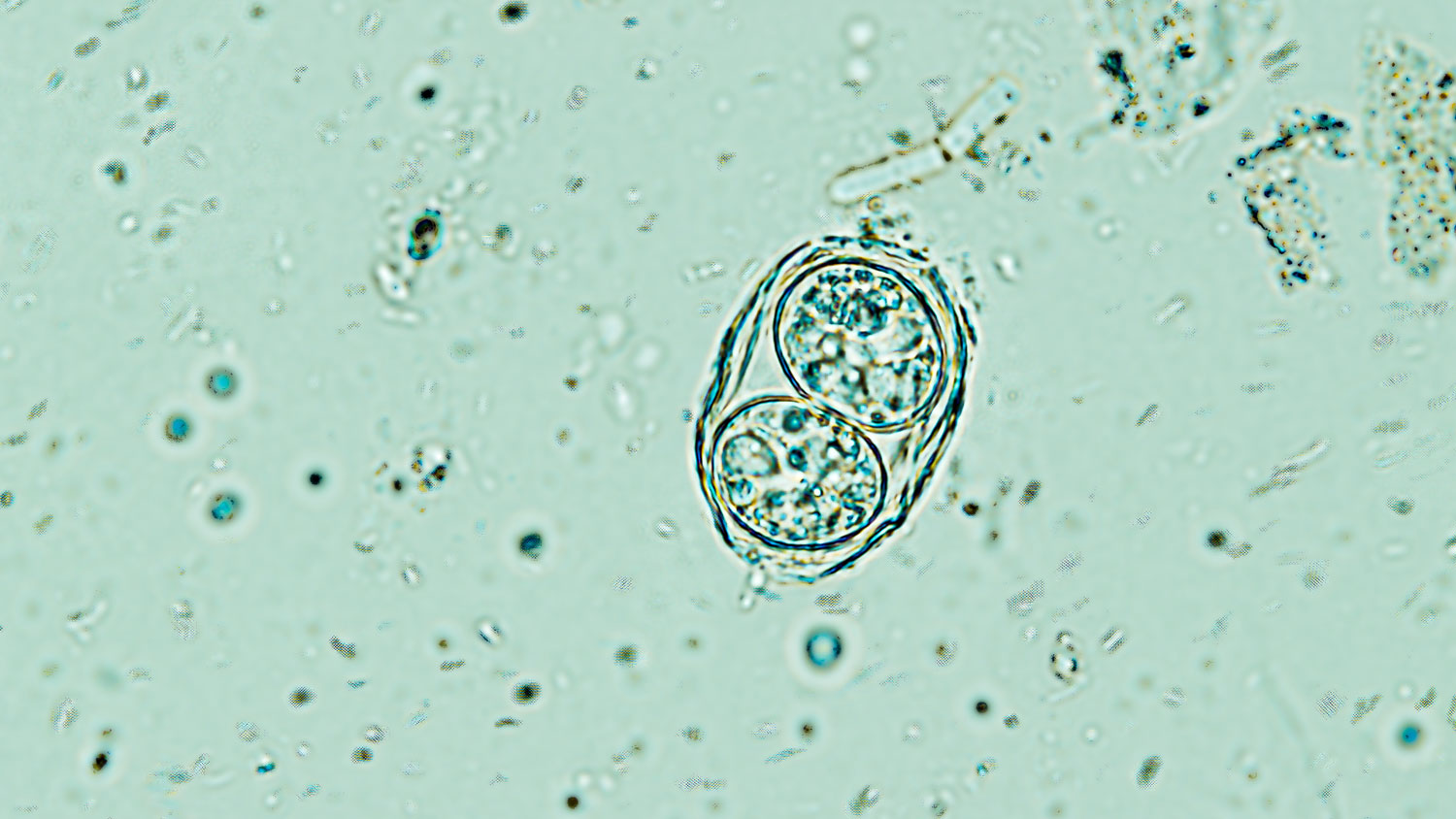
What is toxoplasmosis? In short it's a parasitic infection caused by the Toxoplasma gondii microbe, and it's one that usually caught from contaminated food: eating raw or undercooked meat, or cured meats that haven't been cooked. You can also catch it from handling raw meat and not washing your hands afterwards, and from handling pregnant sheep or lambs.
However another way to catch toxoplasmosis is from your cat. If you have an outdoor cat that's a hunter, there's a chance that it carries the toxoplasmosis microbes, and that can become a problem when you clean its litter tray. Basically if you accidentally touch contaminated cat poo and subsequently touch your mouth or food without having washed your hands, you're at a risk of contracting toxoplasmosis.
How to prevent toxoplasmosis in pregnancy
While the numbers show that you're unlikely to catch toxoplasmosis from your cat's litter box, if you're pregnant then you won't want to do anything that could risk the health of your unborn child, no matter how long the odds may be. So, what can you do to keep yourself and your baby safe?
1. Get someone else to clean the litter box: That way, you can be sure you won't be coming into contact with contaminated cat poop, and as an added bonus you'll be spared the hassle of cleaning out a litter tray for a good few months; a double win!
2. Wear disposable gloves: Sadly that may not be an entirely practical approach for some, but that's okay because with a little care you can still minimize the risks by wearing disposable gloves whenever you clean out the litter box, and of course wash your hands thoroughly afterwards.
3. Keep on top of the litter box: Another way to prevent toxoplasmosis infection is to go the extra mile in keeping the cat's litter tray clean. To ensure you're doing it properly, see our guide to how to clean litter boxes.
Other tips: If you're a keen gardener, wear gloves whenever you're working in your flowerbeds, because you can never be sure what you'll come across buried under the surface. And if you have kids and a sandpit, keep it covered up when it's not in use as the local cats might decide that it's a giant luxury litter box.
Toxoplasmosis is a very real danger for pregnant women, and while the chances of catching it from your cat's litter box are very small, you should still take precautions to minimize the risks to you and your baby.
By following the simple rules outlined above you'll be able to safeguard yourself against infection, but remember to contact your GP if you're at all worried that you may have contracted toxoplasmosis.
Read next: How often to change cat litter and is cat litter flushable?
Edited by Georgia Guerin and Alexis De Leaver.







